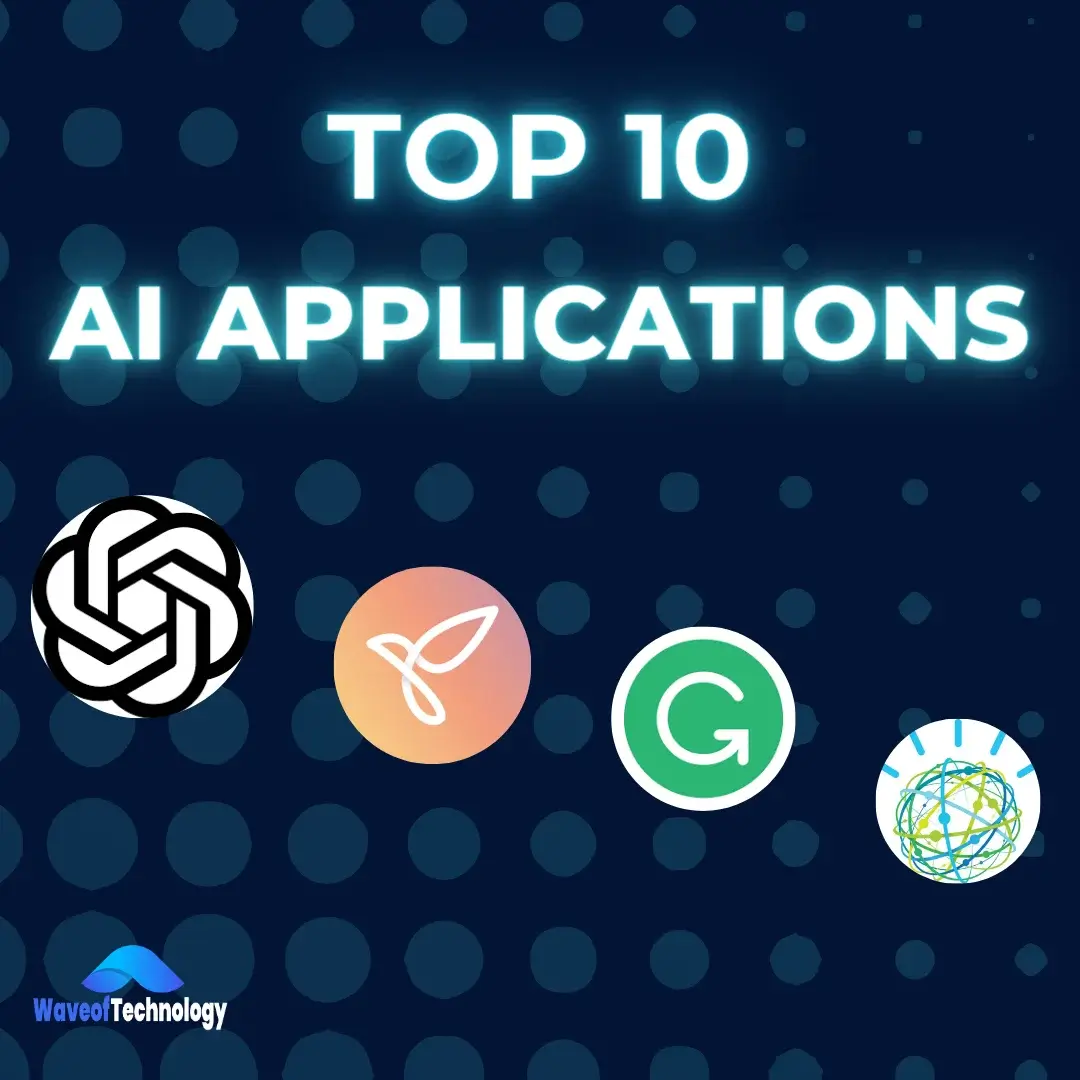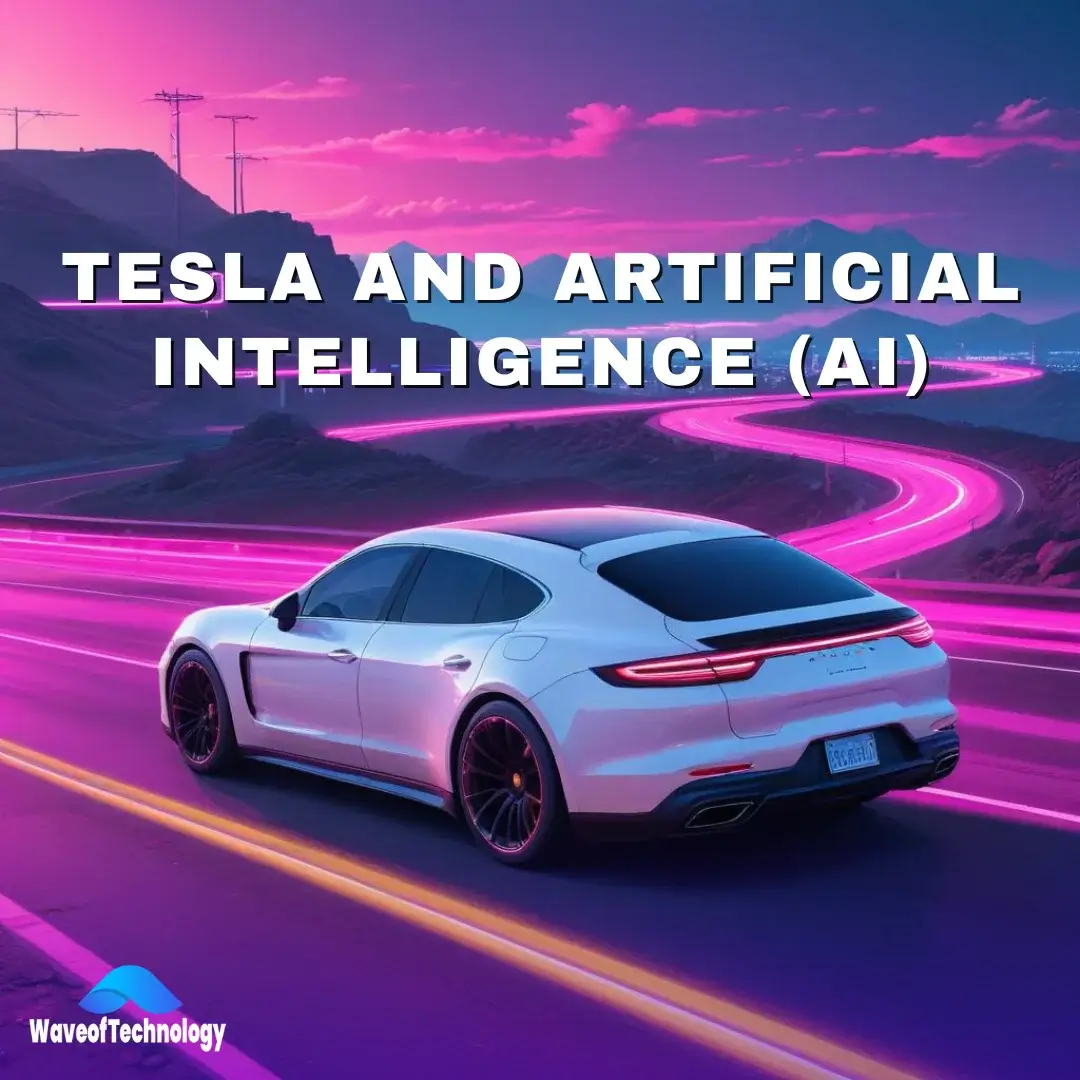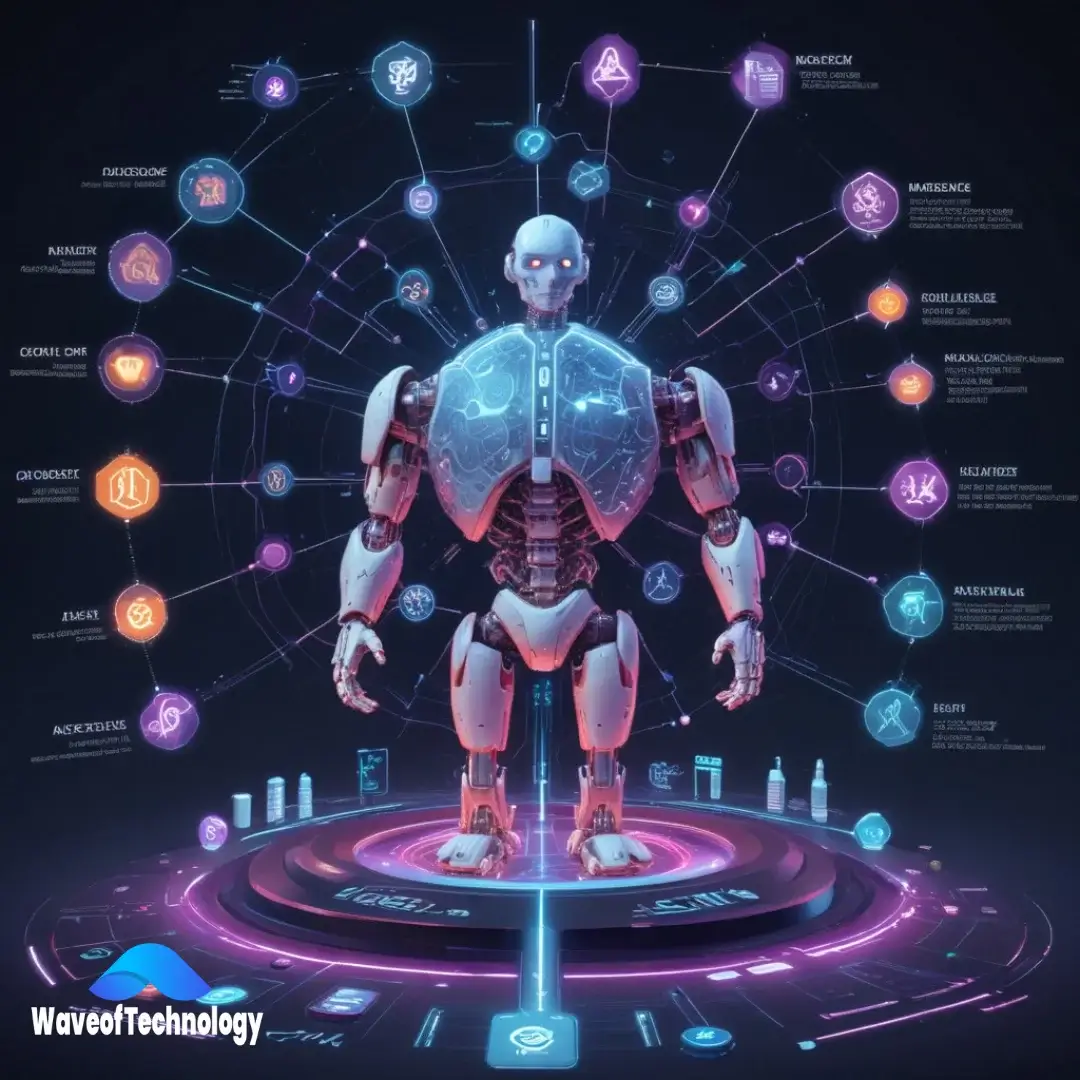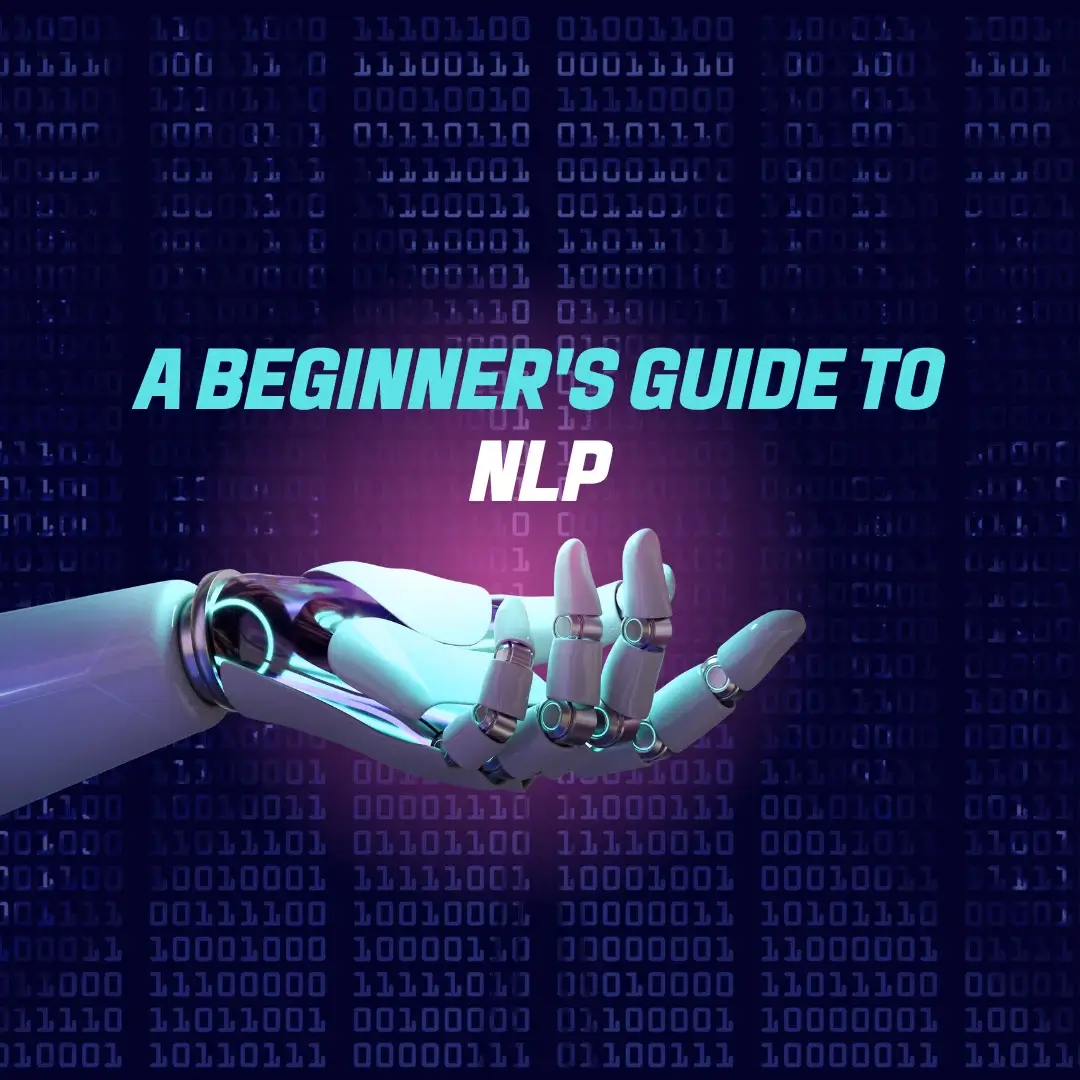Artificial intelligence (AI) is revolutionizing the automotive industry, driving the development of autonomous vehicles. The human ability to navigate complex environments, interpret visual and auditory signals, and make quick decisions is now being replicated by AI systems in self-driving cars. This transformation hinges on advanced AI algorithms, robust hardware, and sophisticated software working seamlessly together.
Why AI is Essential for Self-Driving Cars
Driving involves processing vast amounts of information from traffic signals, pedestrians, other vehicles, and unpredictable weather conditions. While these tasks are second nature to humans, they pose significant challenges for computers. AI in autonomous vehicles must not only interpret this data but also predict future events and make real-time decisions, such as when to brake or steer clear of obstacles.
Integrating AI, Hardware, and Software
AI in self-driving cars relies on a symbiotic relationship with specialized hardware and autonomous software. Modern vehicles are becoming data centers on wheels, equipped with powerful processors capable of handling complex AI models. Neural networks, a critical component of machine learning, mimic human brain functions to recognize patterns and make decisions quickly and efficiently.
The Evolution of Neural Networks
Neural networks have been a concept for decades but have only recently become viable for real-time applications due to advancements in computing power. Initially run on CPUs, these networks received a significant boost from GPUs, which excel at parallel processing. Today, dedicated neural network accelerators offer even greater efficiency, allowing AI models to run directly on edge devices like vehicles without relying on cloud computing. This local processing capability reduces latency and increases reliability, crucial for autonomous driving.
The First AI-Driven Car by Opel Automobile
The German company Opel Automobile has unveiled groundbreaking innovations in a new model that aims to revolutionize driving with the help of artificial intelligence. This vehicle, the first of its kind to feature both augmented reality and AI, promises to transform the driving experience.
According to Opel, the car will forego traditional door handles and rearview mirrors, instead utilizing 180-degree cameras positioned at the rear. This design choice enhances both the vehicle’s aesthetics and its functionality, providing a seamless and modern driving experience.
The vehicle is a sporty, electric crossover, boasting a sleek and futuristic design. Configuration and control have also been reimagined. Instead of a traditional dashboard screen, the car employs a Head-Up Display (HUD), projecting real-time driving information directly onto the windshield. This innovative feature allows drivers to access essential data without diverting their attention from the road, thereby enhancing safety and convenience.
Opel’s AI-driven car represents a significant leap forward in automotive technology, blending cutting-edge AI capabilities with practical, user-friendly features. As such, it stands as a testament to the potential of AI in shaping the future of transportation.
Practical Applications
The integration of AI in autonomous vehicles promises numerous benefits, including enhanced safety, efficiency, and convenience. By processing data locally, AI systems in cars can react faster to potential hazards, improving overall road safety. Moreover, the ability to run AI models on low-power hardware reduces energy consumption, making self-driving cars more sustainable.
Conclusion
Artificial intelligence is the cornerstone of the autonomous vehicle revolution. By leveraging the power of AI, neural networks, and advanced hardware, the automotive industry is developing self-driving cars capable of navigating complex environments and making real-time decisions. As this technology matures, it holds the promise of safer, more efficient, and environmentally friendly transportation solutions, paving the way for a future where autonomous vehicles are a common sight on our roads.








